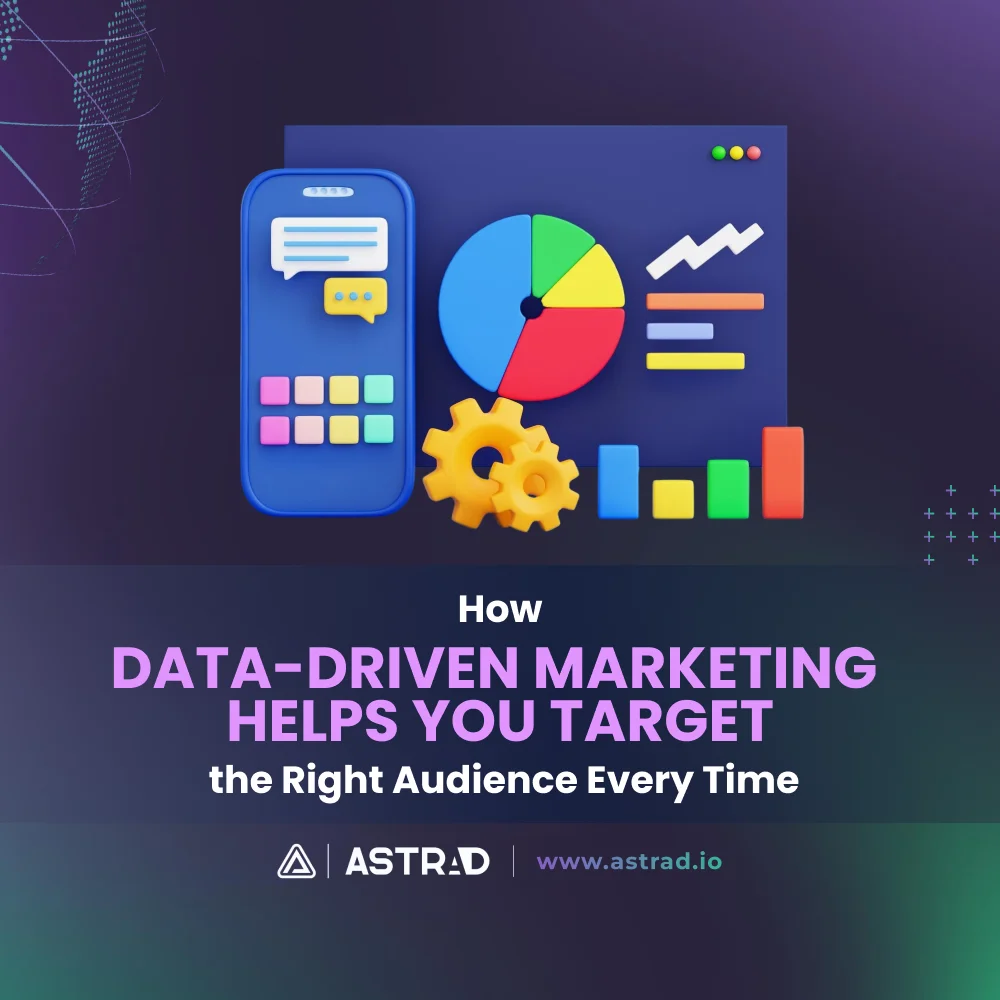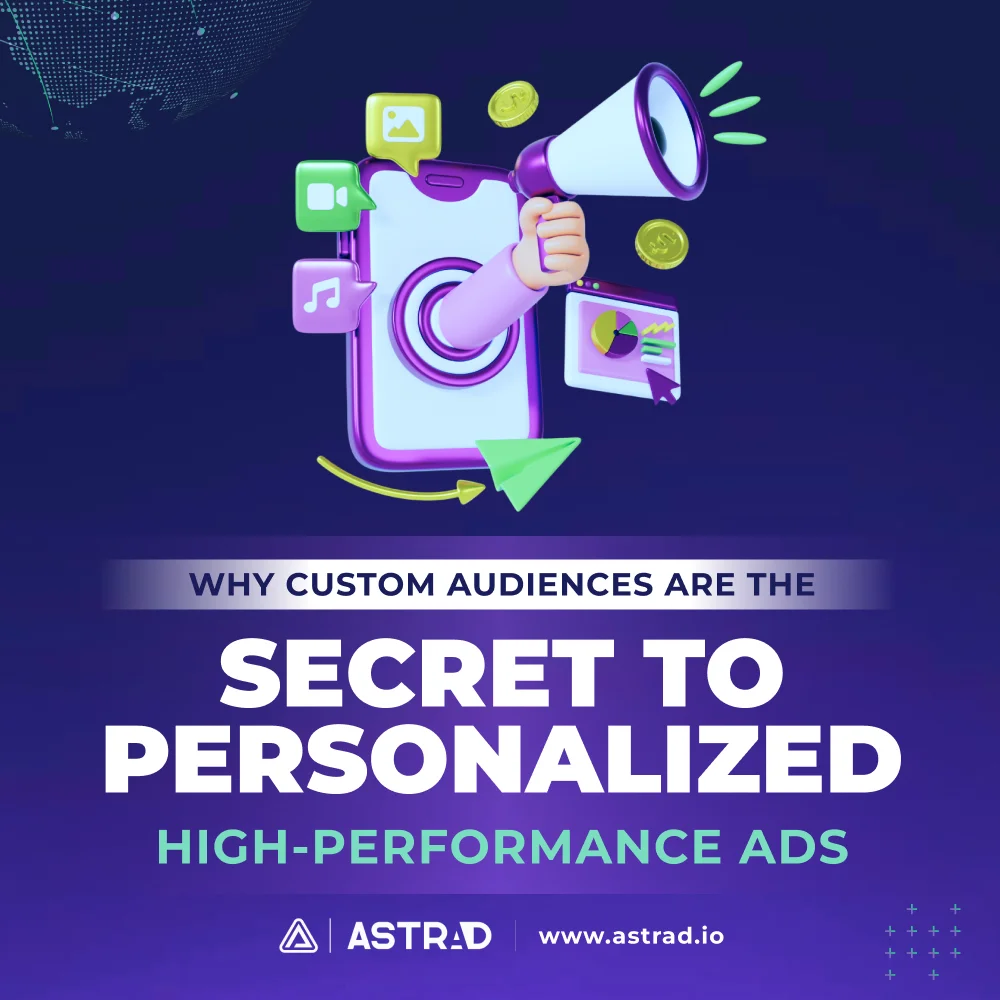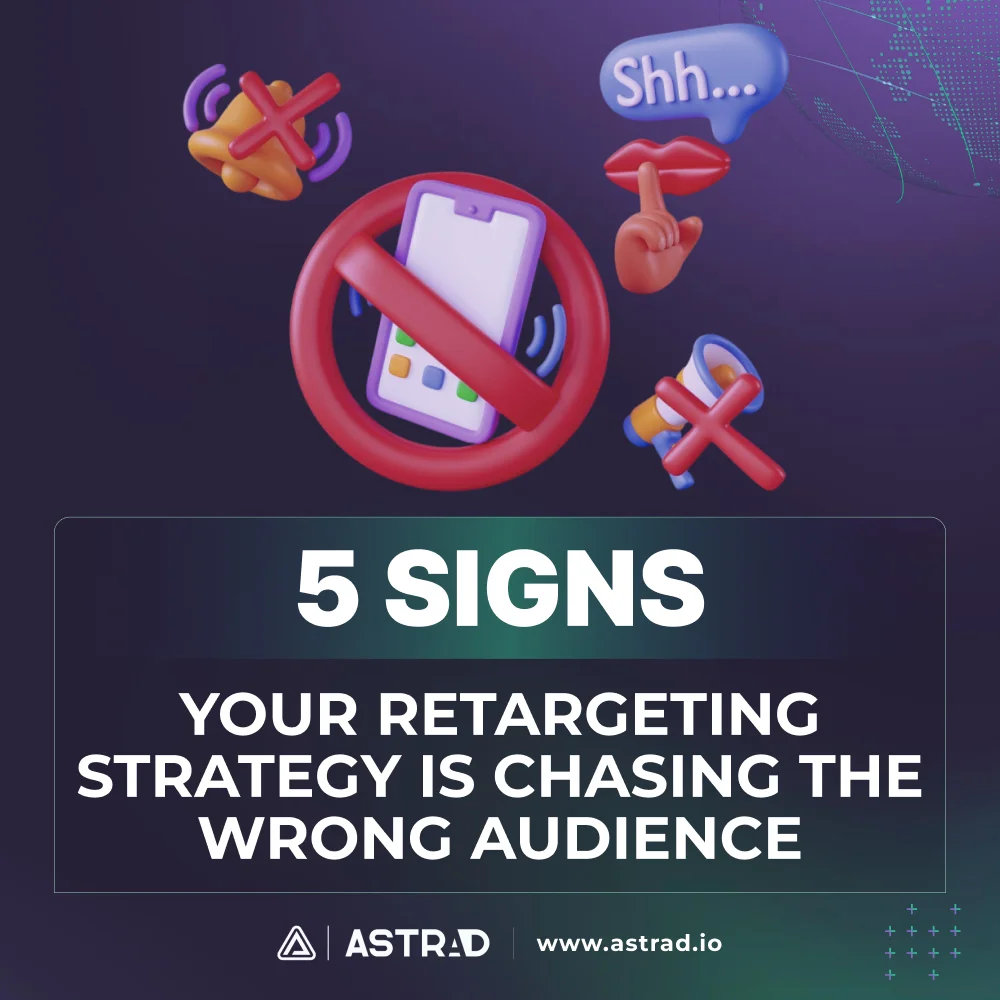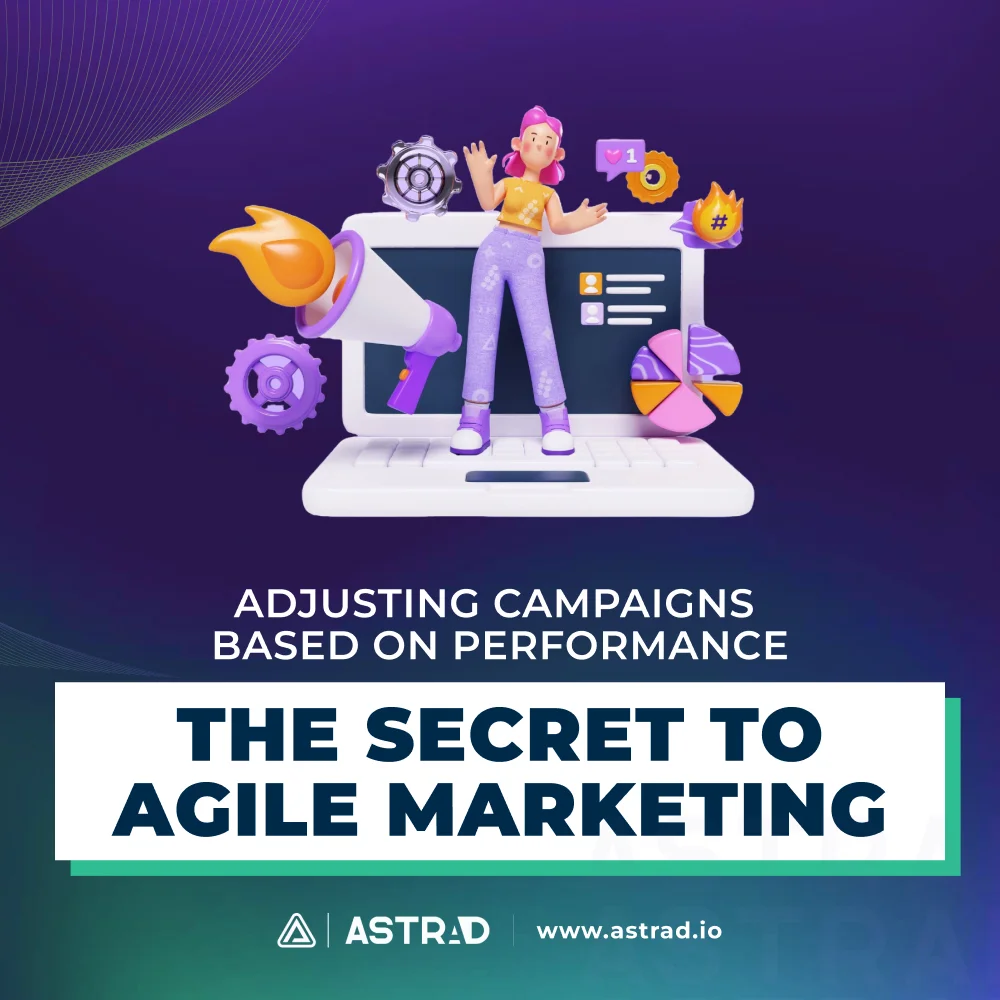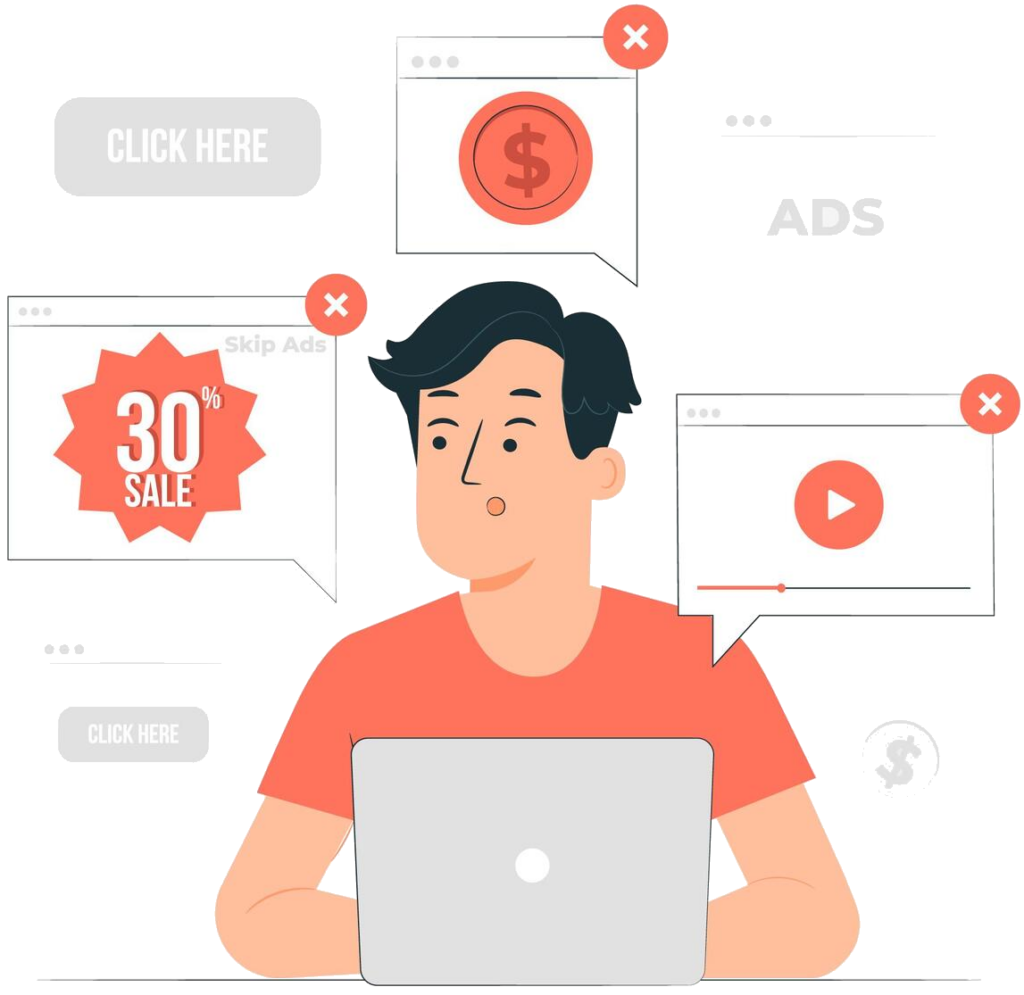Spin, spin, spin. Hit the target, blindfolded, after 20 rounds on the Tilt-A-Whirl—does that sound like your marketing strategy? No? Well, that’s what traditional broad-based marketing often feels like—throwing a net and hoping something sticks. But this is where data-driven marketing comes in and changes the game.
Instead of using a shotgun approach, data-driven marketing is like picking up a sniper rifle, zeroing in on high-value targets, and hitting the bullseye. It’s precise, effective, and—it gets results. In a world where reaching the right audience is the difference between success and failure, data-driven marketing is how you aim for the stars and actually land on them.
So, what makes this approach so powerful? Let’s dive into the world of data-driven marketing, break it down, and show you how it helps you target the right audience, every single time.
What Exactly is Data-Driven Marketing?
Let’s start with the basics. Data-driven marketing is the practice of using data to guide your marketing decisions. Sounds pretty straightforward, right? But it’s the way you collect, analyze, and use data that makes all the difference. Instead of guessing what might work, you’ve got real numbers, behaviors, and patterns in hand that tell you exactly where to focus your efforts.
Think of it as moving from intuition to precision. It’s like using a compass to navigate instead of trying to find your way by looking at the stars. The more you tap into data, the better you can pinpoint your audience’s needs and preferences. And that’s what data-driven marketing is all about—making smarter, more informed decisions that boost engagement, increase conversions, and ultimately, maximize ROI.
Why Audience Targeting is Crucial
Now, imagine trying to run a marketing campaign without the right audience in mind. It’s like throwing a party and hoping the right people show up. Some might, but the rest? Not so much.
The challenge with traditional marketing methods is that they’re often broad and imprecise. You might be reaching thousands of people, but are you reaching the right people? Are they even interested in what you’re offering? Without the data to back up your decisions, you’re just guessing.
Targeting the right audience isn’t just important—it’s essential. You need to ensure that your message is reaching those who are most likely to convert. And this is where data-driven targeting comes in. By using data to hone in on the right people, you can maximize the impact of your campaigns while saving time, money, and effort.
Core Concepts of Data-Driven Marketing
So, how does data-driven marketing actually work? Let’s break it down into three key steps: collecting data, analyzing it, and using it to optimize your marketing.
- Collecting Data – The first step is to gather all the relevant information. This can come from a variety of sources—your website analytics, social media insights, email interactions, and customer feedback. The idea is to collect as much data as you can to understand your audience’s behavior, preferences, and pain points.
- Analyzing the Data – Once you’ve got the data, it’s time to dive into it. This is where you need to dig deep, looking for patterns, trends, and signals that can guide your decisions. You might find that certain types of content perform better with specific demographics, or that customers in a particular location are more likely to engage with a certain offer.
- Using Data to Optimize Marketing – Finally, you take that data and use it to refine your campaigns. Whether it’s adjusting your messaging, targeting different customer segments, or tweaking your ads in real-time, data allows you to make continuous improvements to ensure your marketing is always on point.
The Evolution of Marketing: From Guesswork to Precision
Marketing has come a long way since the days of “spray and pray” campaigns, where businesses simply cast a wide net in hopes of catching something. With the availability of data, data-driven marketing has completely transformed the landscape. Now, we can be specific, we can be precise, and most importantly—we can deliver messages that actually matter to the right people.
Gone are the days of marketing based on assumptions. Now, it’s all about making decisions based on real-time data and insights. The evolution of marketing from guesswork to data-backed precision has been a game-changer for businesses everywhere.
The Role of Data-Driven Marketing Strategy in Audience Targeting
Now, let’s talk about how data-driven marketing specifically helps with targeting. It’s not just about gathering data for the sake of it—it’s about using that data to connect with your audience in a meaningful way.
Personalization Through Data
One of the most powerful benefits of data-driven marketing is personalization. Data allows you to craft marketing messages that speak directly to your audience’s needs and desires. Forget about generic ads that are a one-size-fits-all approach.
With data, you can deliver personalized experiences, like tailored product recommendations, custom offers, and content that’s relevant to the specific pain points of your audience.
Segmenting Audiences Based on Data
Data also makes it possible to segment your audience more effectively. By breaking down your customer base into smaller groups based on things like demographics, behavior, or location, you can create highly targeted campaigns that speak to each segment’s unique needs.
For example:
- Age: Targeting younger audiences with trendy fashion ads.
- Location: Sending offers for local events or stores based on where customers are located.
- Behavior: Offering discounts on products that a customer has previously shown interest in.
Creating Buyer Personas Using Data
Buyer personas are essential in understanding who your customers are and what they care about. But creating accurate buyer personas isn’t just about guessing—it’s about using data to build them. By analyzing customer behavior, preferences, and demographics, you can create personas that are not just based on intuition, but on actual data.
These personas can help shape everything from content creation to email marketing, ensuring that every interaction feels tailored and personal.
Key Data-Driven Marketing Approaches for Effective Targeting
Now that we’ve covered the basics, let’s look at some specific data-driven marketing approaches that help with precise targeting:
1. Predictive Analytics
Predictive analytics uses past data to forecast future behavior. By analyzing patterns in customer actions, you can predict what they’re likely to do next. This allows you to target potential buyers at the right time with the right message, making your efforts more efficient.
2. Real-Time Data Collection
Real-time data allows you to adjust your campaigns on the fly. If you’re running an ad campaign and see that a certain audience segment is responding well, you can tweak the messaging or the offer in real-time to make it even more relevant.
3. Data-Driven Targeting vs. Traditional Targeting
Traditional targeting is often based on broad categories—age, location, and gender. While these factors can be helpful, they don’t always tell the full story. Data-driven targeting, on the other hand, allows you to get granular, using insights like purchase history, website behavior, and engagement levels to target your audience with much greater precision.
Benefits of Data-Driven Marketing for Audience Targeting
The benefits of data-driven marketing are clear—and they go far beyond just improving your targeting. Here’s how:
- Increased Precision – The beauty of data-driven targeting is that it allows you to be incredibly specific. By using data, you can hone in on the exact people who are most likely to engage with your brand, reducing waste and maximizing ROI.
- Improved Customer Experience – When you target the right audience with relevant, personalized content, you create a much better experience for the customer. They feel like you “get” them, and that builds trust, loyalty, and long-term relationships.
- Better ROI on Marketing Efforts – By focusing your efforts on the people who matter most, you can see better results from your campaigns. You’re spending less time and money on irrelevant audiences, and more on the ones who are likely to convert.
- Scalability of Targeting Efforts – Data-driven marketing isn’t just for small campaigns—it scales as your business grows. As you collect more data and refine your strategies, your targeting efforts can expand to reach even more potential customers without losing precision.
The Importance of Leveraging Data-Driven Marketing Strategies
At the end of the day, data-driven marketing is the key to hitting your targets, whether it’s growing your audience, improving engagement, or boosting conversions. It’s not just about collecting data—it’s about using that data to make smarter, more informed decisions that lead to better results.
If you haven’t already, it’s time to start thinking about how you can integrate data-driven marketing into your campaigns. The insights you gain from customer data can help you target your audience more effectively, leading to higher engagement, better ROI, and stronger customer relationships.
So, take the plunge. Start collecting, analyzing, and utilizing data in your marketing strategy. The right audience is out there waiting for you to connect with them. And with data-driven marketing, you’ll know exactly how to reach them—every time.

